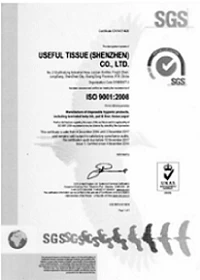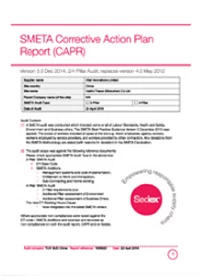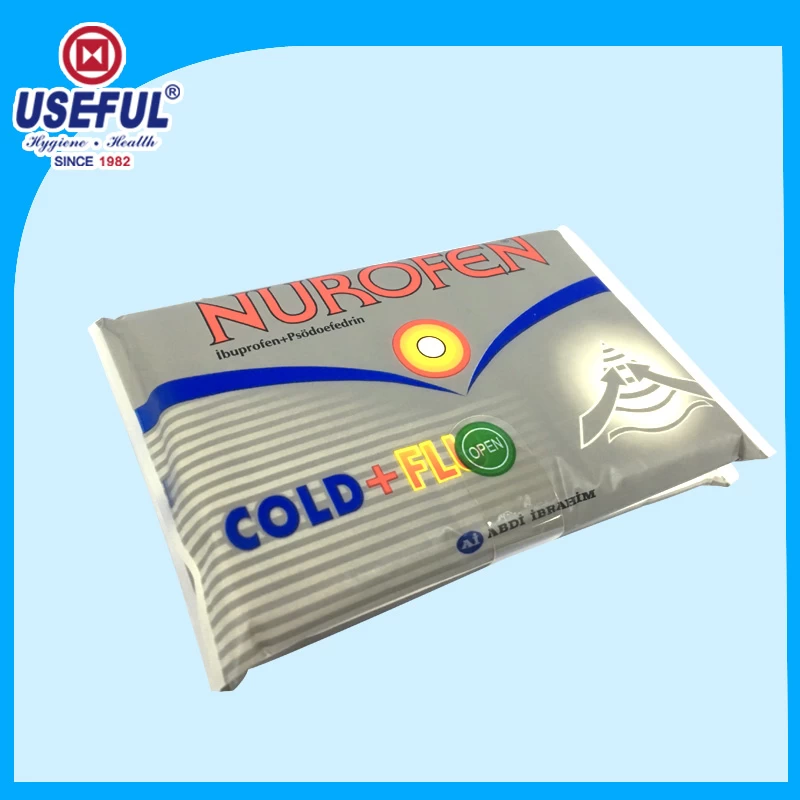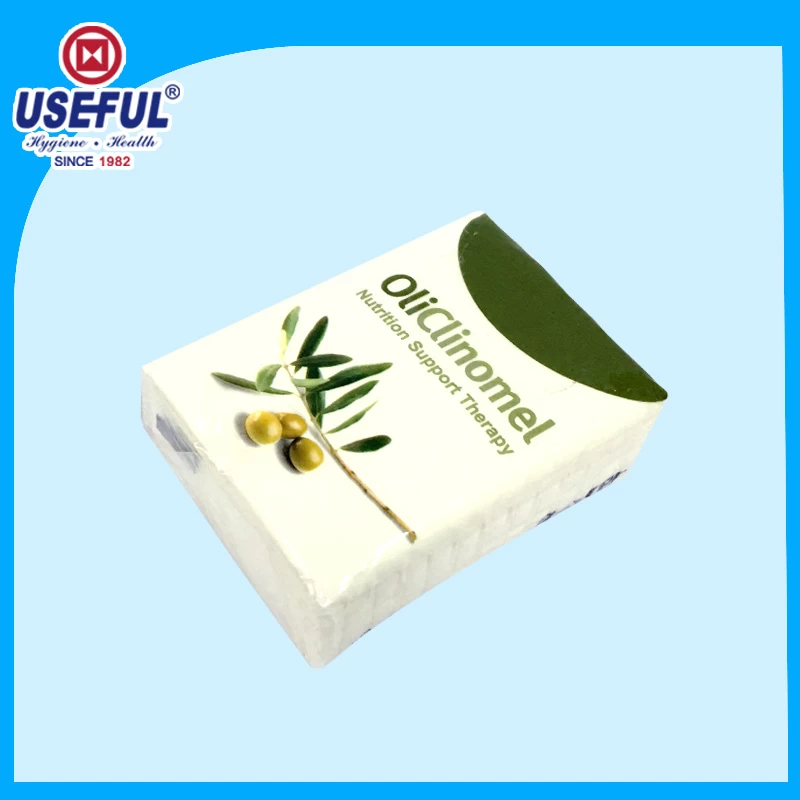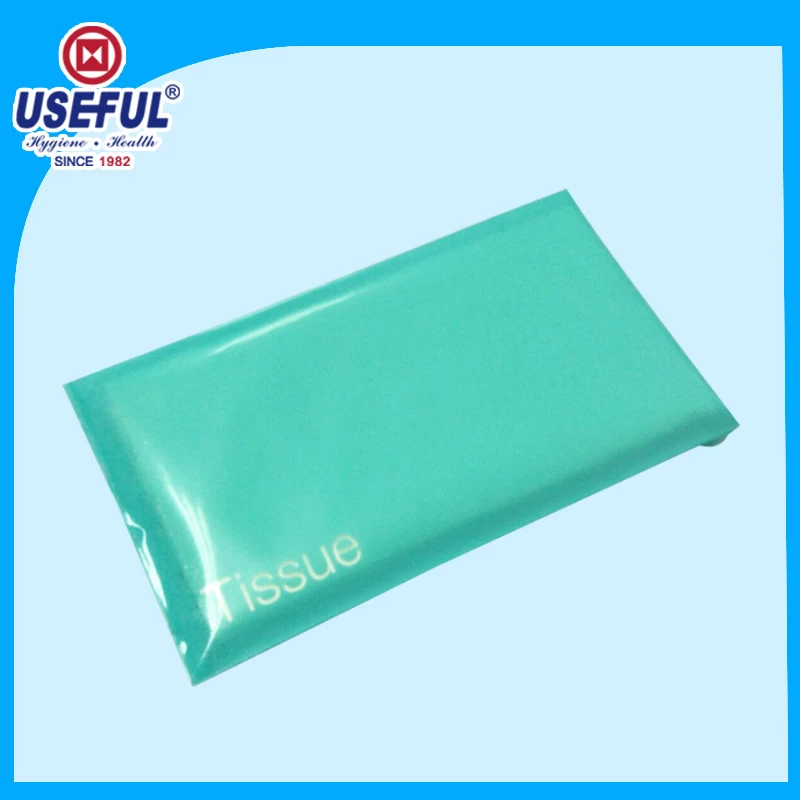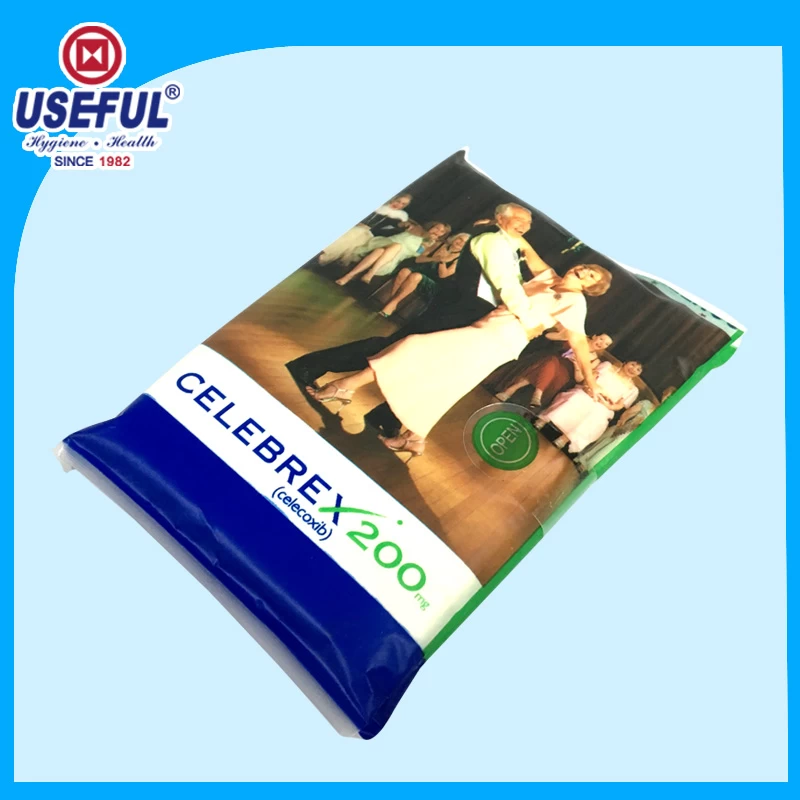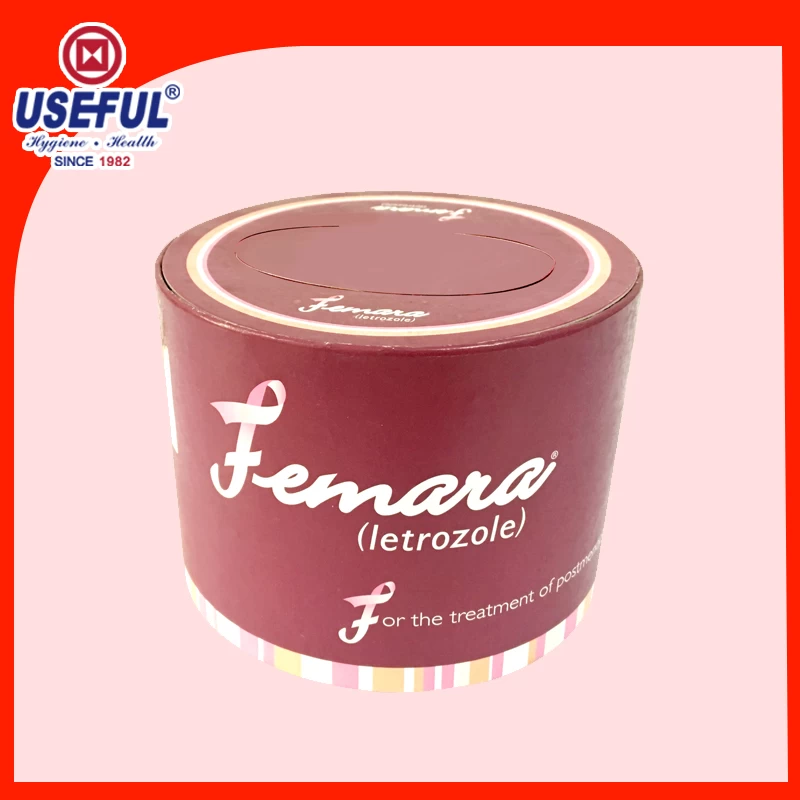Message of colour
HKTDC Media Room
2018-05-15 14:48:14
Message of colour
Posted by Useful Industrial Limited on 15-04-2018
Colour Influences 50-85% of Consumer Purchasing Decisions. Let’s see the sharing from Ms. Maryann Wong, Director of Sales and Marketing for Pantone in the Asia Pacific region during Gifts Fair Seminar 2018.
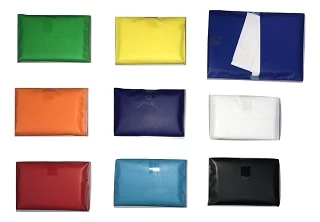
Red elicits the strongest of emotions in every culture, she maintained, describing the colour as “captivating”, “exciting” and “provocative”. Associated with fiery heat and warmth, it increases the metabolism by 13 per cent. Its connotation of vitality makes it a good colour for sports activities and sports drinks. Red is an attention-getting colour, she explained, but it dominates the surrounding colours, so it must be used judiciously. Red is the most accepted bright colour for brands across cultural boundaries, since it connotes excitement and high energy in all parts of the world. She pointed out that in most Asian countries, red is associated with good luck, joy, prosperity, happiness and long life.
Combining red with magenta and purple creates an elegant, cultivated, refined image, she said, which can be used to advantage when promoting luxury products.
Pink captures some of the essence of red, but is more playful, theatrical and bold. Hot pinks radiate high energy, beauty and sensuality, while the lighter pinks and roses connote sweetness and innocence, she said.
She explained the evolution of pink since the 1950s. It was only then that it was first closely linked with women. In fact, it became the colour of the decade. Companies started using pink in their products and marketing that targeted women. Then in 1959 the pink Barbie doll entered the hearts and minds of little girls. It was the way the colour was marketed that determined its acceptance, she said.
But more recently, “protest pink” emerged, as an expression of strength and a rejection of outdated attitudes. Consequently, it has become more appealing to male consumers, she explained. It has wider acceptance in all product categories, and in restaurant and office design.
Yellow, associated with the sun, is the essence of light, signifying vitality and energy, and suggesting intellectual curiosity, according to Ms Wong. It sharpens the memory and helps concentration. Seen as the happiest of colours, yellow is popular for children’s toys and clothing. Because it is an attention grabber, especially with black, it is often used in warning signs and to make products stand out in the marketplace.
Orange is a symbol of the fruitfulness of life, she said. The bold and brighter shades are the most fun-loving and impactful, while the shades closer to red are more sultry and sensual. Orange appeals to our senses, stimulating the appetite, so it is good for food products and fast-food restaurants. The 1990s saw the birth of orange in the fashion world, with the deeper orange shades signifying strength, endurance and luxury, and the softer peach hue signifying warmth and welcome.
Brown symbolises longevity and reliability, said Ms Wong, pointing out that even people who profess to dislike the colour often surround themselves with wood because of its association with nature, comfort and contentment. Additionally, the brown hues of chocolate and coffee have led to brown being associated with a luxury feeling today.
Blue, the colour of the sky and the oceans, is the most dominant colour in our natural habitat, symbolising respite, retrospection, peacefulness, tranquility and dependability, making it the number-one choice for colour branding and integrity. Navy blue signifies leadership, confidence and reliability, and aqua and turquoise, the need to escape.
Purple, the rainbow’s most complex colour, is enigmatic and magical, says Ms Wong, a marriage between the excitement of red and the tranquility of blue. It represents high creativity, artistry and non-conformance, but also regal luxury, especially when highlighted with metallic gold. Purple is a good colour for branding for companies who want to be thought of as dependable, forthright and innovative, she suggested.
Green, soothing to our eyes and linked with nature, is often used by companies that want to promote the message of good health, Ms Wong explained. Green surroundings cause us to breathe more slowly and deeply, reducing stress. It is therefore a counterbalance to our hectic lives and fast-advancing technology. The colour is becoming more popular in internal and external architecture.
White conveys the message of purity, peace, freshness and hygiene, says Ms Wong. It is the top-selling colour every year and the quintessential colour for contemporary design. It symbolises a calming influence. However, she warns, too much white can be blinding, so an element of colour should be added, or off-whites, which carry warmth.
Black is considered the essence of luxury and is associated with power. It is also associated with gloom and doom to some extent, but in the 1990s, thanks to the black dress and Japanese fashion designers, it became a key fashion colour – sophisticated, elegant and classic in all cultures and for all ages.
Grey, symbolising dependability and calmness, continues to be popular across all product categories, she said.
Ms Wong concluded her presentation be emphasising that colour is a pivotal element in the design process and the single most important part of visual design, and that if used properly, it can make a company, as well as its brand and products, stand out from its competitors.
Source: HKTDC Media Room 02-May-2018
Colour Influences 50-85% of Consumer Purchasing Decisions. Let’s see the sharing from Ms. Maryann Wong, Director of Sales and Marketing for Pantone in the Asia Pacific region during Gifts Fair Seminar 2018.

Red elicits the strongest of emotions in every culture, she maintained, describing the colour as “captivating”, “exciting” and “provocative”. Associated with fiery heat and warmth, it increases the metabolism by 13 per cent. Its connotation of vitality makes it a good colour for sports activities and sports drinks. Red is an attention-getting colour, she explained, but it dominates the surrounding colours, so it must be used judiciously. Red is the most accepted bright colour for brands across cultural boundaries, since it connotes excitement and high energy in all parts of the world. She pointed out that in most Asian countries, red is associated with good luck, joy, prosperity, happiness and long life.
Combining red with magenta and purple creates an elegant, cultivated, refined image, she said, which can be used to advantage when promoting luxury products.
Pink captures some of the essence of red, but is more playful, theatrical and bold. Hot pinks radiate high energy, beauty and sensuality, while the lighter pinks and roses connote sweetness and innocence, she said.
She explained the evolution of pink since the 1950s. It was only then that it was first closely linked with women. In fact, it became the colour of the decade. Companies started using pink in their products and marketing that targeted women. Then in 1959 the pink Barbie doll entered the hearts and minds of little girls. It was the way the colour was marketed that determined its acceptance, she said.
But more recently, “protest pink” emerged, as an expression of strength and a rejection of outdated attitudes. Consequently, it has become more appealing to male consumers, she explained. It has wider acceptance in all product categories, and in restaurant and office design.
Yellow, associated with the sun, is the essence of light, signifying vitality and energy, and suggesting intellectual curiosity, according to Ms Wong. It sharpens the memory and helps concentration. Seen as the happiest of colours, yellow is popular for children’s toys and clothing. Because it is an attention grabber, especially with black, it is often used in warning signs and to make products stand out in the marketplace.
Orange is a symbol of the fruitfulness of life, she said. The bold and brighter shades are the most fun-loving and impactful, while the shades closer to red are more sultry and sensual. Orange appeals to our senses, stimulating the appetite, so it is good for food products and fast-food restaurants. The 1990s saw the birth of orange in the fashion world, with the deeper orange shades signifying strength, endurance and luxury, and the softer peach hue signifying warmth and welcome.
Brown symbolises longevity and reliability, said Ms Wong, pointing out that even people who profess to dislike the colour often surround themselves with wood because of its association with nature, comfort and contentment. Additionally, the brown hues of chocolate and coffee have led to brown being associated with a luxury feeling today.
Blue, the colour of the sky and the oceans, is the most dominant colour in our natural habitat, symbolising respite, retrospection, peacefulness, tranquility and dependability, making it the number-one choice for colour branding and integrity. Navy blue signifies leadership, confidence and reliability, and aqua and turquoise, the need to escape.
Purple, the rainbow’s most complex colour, is enigmatic and magical, says Ms Wong, a marriage between the excitement of red and the tranquility of blue. It represents high creativity, artistry and non-conformance, but also regal luxury, especially when highlighted with metallic gold. Purple is a good colour for branding for companies who want to be thought of as dependable, forthright and innovative, she suggested.
Green, soothing to our eyes and linked with nature, is often used by companies that want to promote the message of good health, Ms Wong explained. Green surroundings cause us to breathe more slowly and deeply, reducing stress. It is therefore a counterbalance to our hectic lives and fast-advancing technology. The colour is becoming more popular in internal and external architecture.
White conveys the message of purity, peace, freshness and hygiene, says Ms Wong. It is the top-selling colour every year and the quintessential colour for contemporary design. It symbolises a calming influence. However, she warns, too much white can be blinding, so an element of colour should be added, or off-whites, which carry warmth.
Black is considered the essence of luxury and is associated with power. It is also associated with gloom and doom to some extent, but in the 1990s, thanks to the black dress and Japanese fashion designers, it became a key fashion colour – sophisticated, elegant and classic in all cultures and for all ages.
Grey, symbolising dependability and calmness, continues to be popular across all product categories, she said.
Ms Wong concluded her presentation be emphasising that colour is a pivotal element in the design process and the single most important part of visual design, and that if used properly, it can make a company, as well as its brand and products, stand out from its competitors.
Source: HKTDC Media Room 02-May-2018
Предыдущий : 5 Tips to pick the right promotional product










